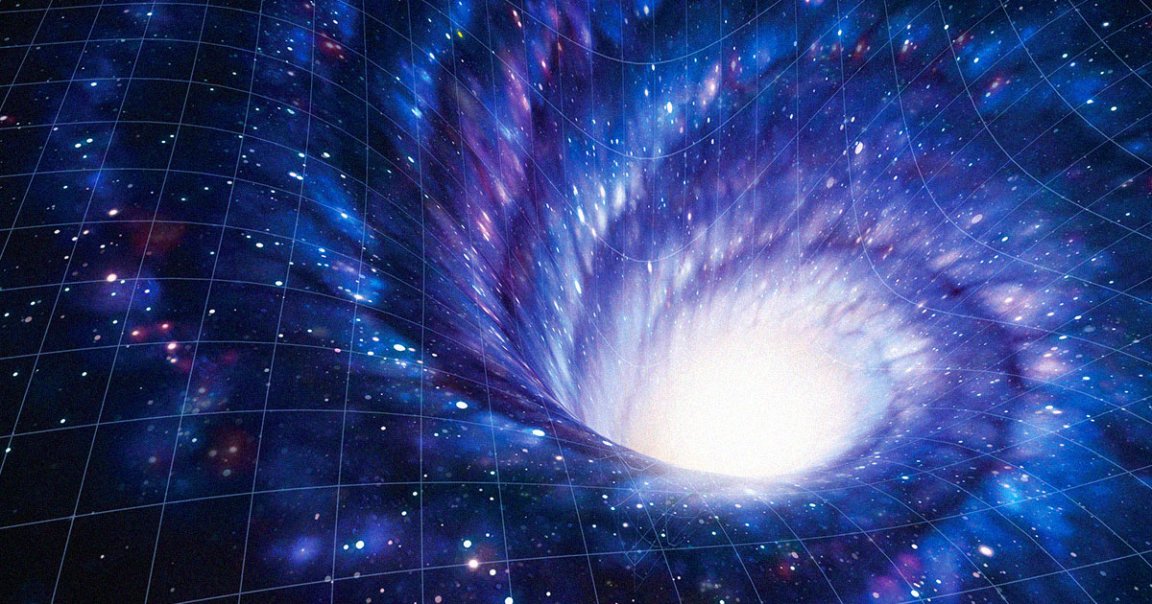
Stellar Meal
Astronomers have spotted a helpless star as it was being devoured by a black hole, emitting a bright flash as its last gasp of life before disappearing into the void.
This epic form of stellar destruction — death by black hole — is known as a tidal disruption event (TDE). It’s rarely observed, with only about 100 having been observed by astronomers.
In addition to its rarity, this latest TDE, designated WTP14adbjsh, was spotted in a galaxy 173 million light-years away. That makes it the closest one to our planet yet, and could hint at a score of undetected TDEs lurking in galaxies across the cosmos that have evaded our observations so far.
Scouring the Spectrum
What makes this discovery especially novel, though, is how the astronomers made it. Typically, TDE observations are done in X-ray and UV light, as they’re believed to be the main emissions from a star that’s being devoured by a black hole.
But, as detailed in a recent paper published in the journal The Astrophysical Journal Letters, the astronomers say they’ve identified this latest TDE by scouring the infrared light spectrum.
“Finding this nearby TDE means that, statistically, there must be a large population of these events that traditional methods were blind to,” said lead author Christos Panagiotou, an astrophysicist at MIT, in a press release. “So, we should try to find these in infrared if we want a complete picture of black holes and their host galaxies.”
Dust Off
The findings may help explain why TDEs have predominantly been observed in older and rarer galaxies — as opposed to younger, star-forming galaxies — a fact that has long puzzled astronomers. Panagiotou and his team believe interstellar dust may have obscured the X-rays and UV light emanating from these young galaxies, but allowed infrared light to make it through to us.
In short, there could be a whole host of other TDEs we haven’t spotted yet — and we may have to start rethinking how common it is for a star to die by flying too close to a black hole.
“The fact that optical and X-ray surveys missed this luminous TDE in our own backyard is very illuminating and demonstrates that these surveys are only giving us a partial census of the total population of TDEs,” said Suvi Gezari, an astronomer who has helped pioneer TDE observations but was not involved in the study, said in the release.
More on black holes: New Image of Black Hole Shows Colossal Jets Looking Like Tentacles